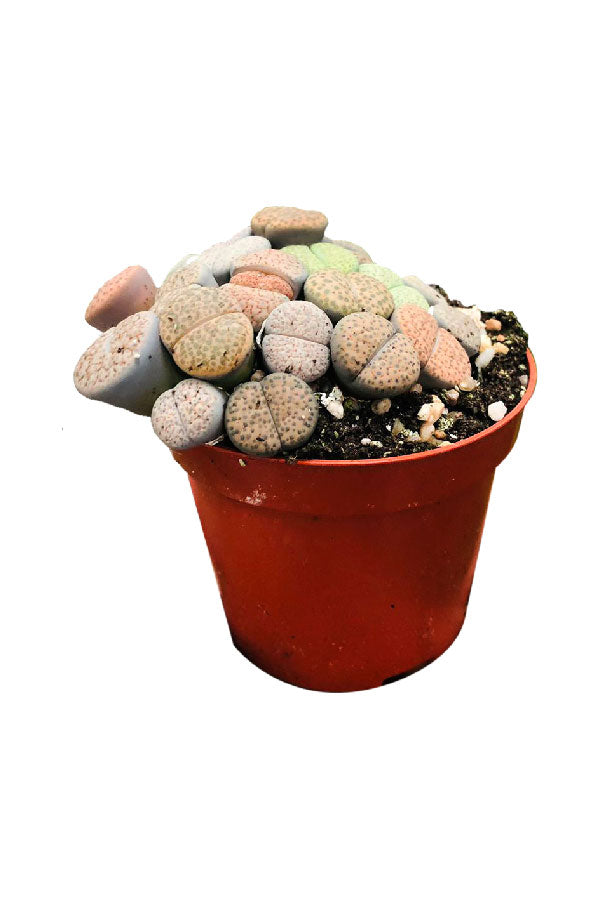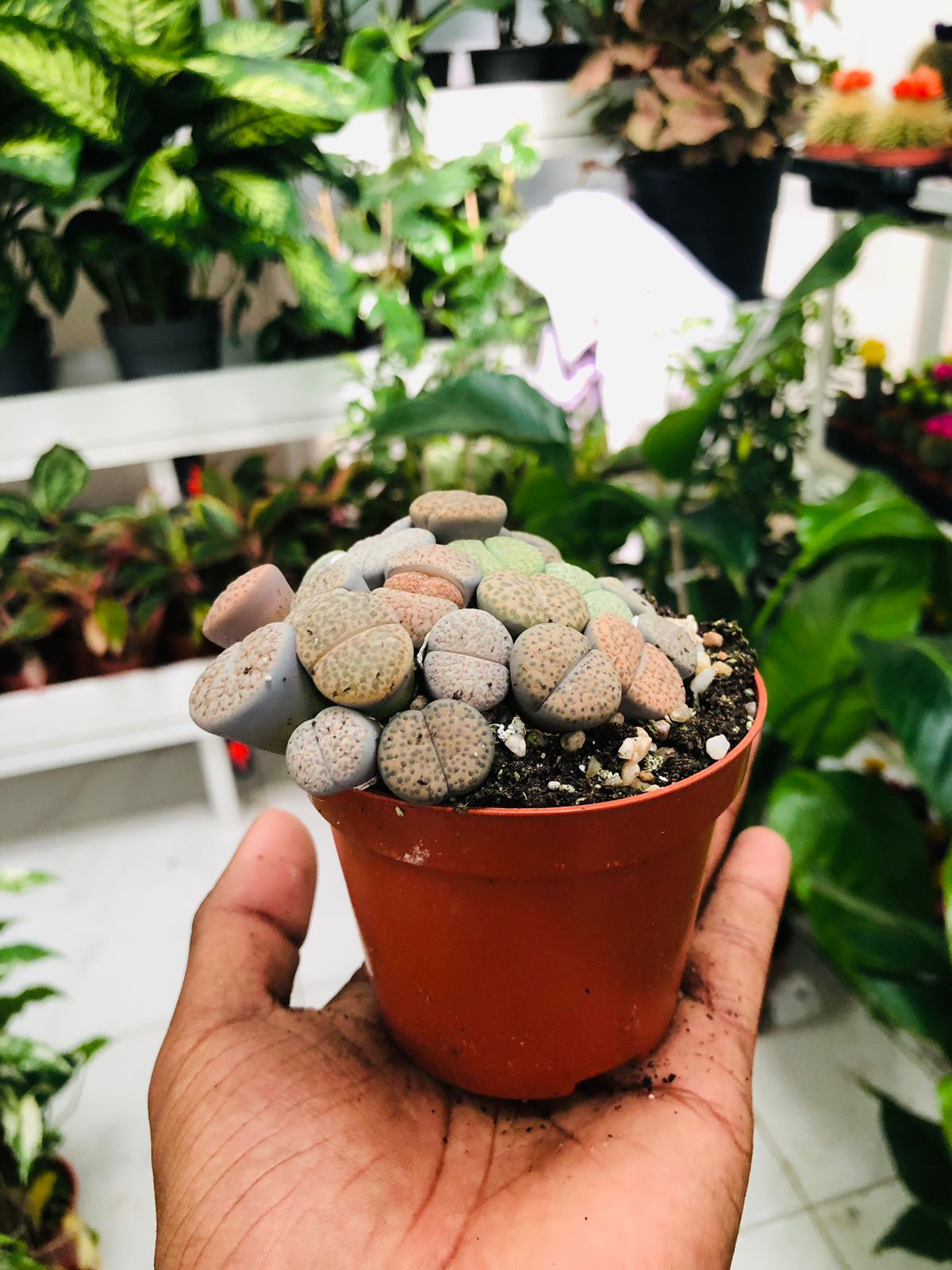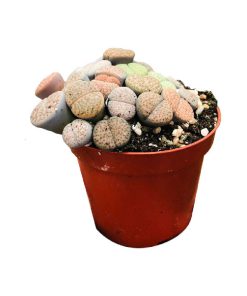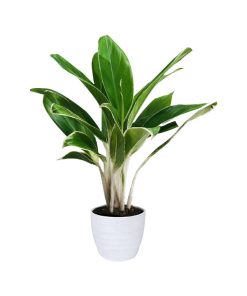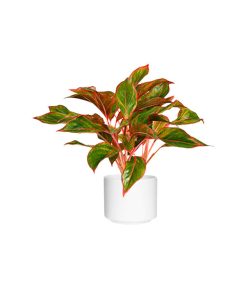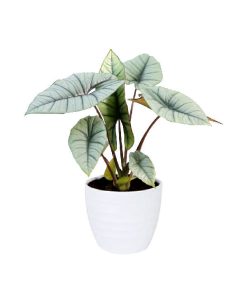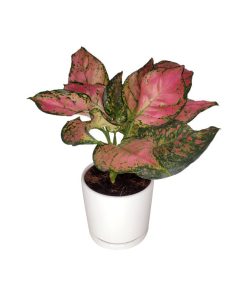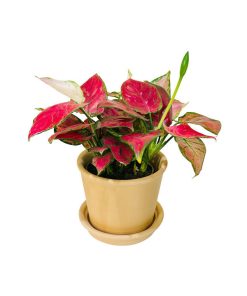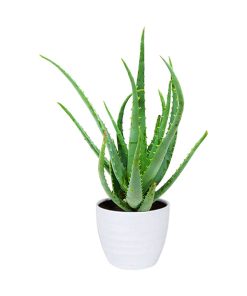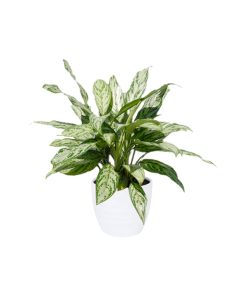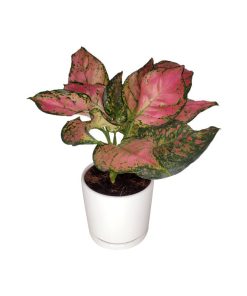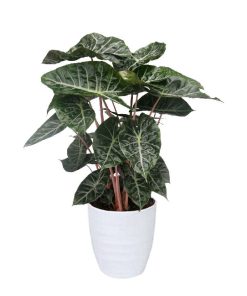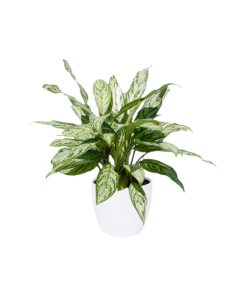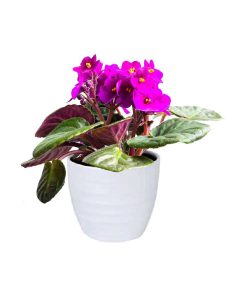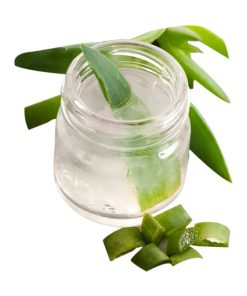Lithops- Living Stones Plantsworld.ae
د.إ 44,00 د.إ 26,40
ABOUT THE PLANT
Lithops, commonly known as “living stones,” are a unique and fascinating group of succulent plants native to the arid regions of southern Africa. They are renowned for their striking mimicry of stones or pebbles, which helps them blend in with their natural surroundings and avoid herbivores. Here are some key details about Lithops:
Appearance:
Lithops are small, low-growing plants that consist of pairs of thick, fleshy leaves fused together, forming a cleft at the top where the flower emerges. The top surface of these leaves is often patterned or textured to resemble the appearance of stones, which serves as camouflage. Some popular species of Lithops include Lithops aucampiae, Lithops lesliei, and Lithops schwantesii.
Growing Conditions:
Lithops thrive in arid and semi-arid environments and are adapted to withstand extreme drought. They are typically found in rocky, sandy soils with good drainage. In cultivation, they require well-draining soil, plenty of sunlight, and infrequent watering to mimic their natural habitat.
Care and Maintenance:
To care for Lithops, it’s essential to provide them with the right growing conditions. They need bright, direct sunlight for several hours a day, especially during their active growing season in spring and autumn. Watering should be minimal, with the soil allowed to dry out completely between waterings. Overwatering can lead to rot, which is a common issue with these plants. Lithops go through a dormant period in summer when they should be kept dry.
| Size | 7 cm |
|---|---|
| Pot | Nursery Plastic Pot |
Fast Shipping & Professional Packing
We are able offer many shipping options thanks to our long-term partnership with UPS FedEx DHL. Our warehouse staff is highly educated to pack your items exactly as per the specifications we offer. Your items will undergo an extensive inspection and will be securely secured prior to being delivered. We ship to thousands clients every day in a variety of countries. This shows our commitment to becoming the biggest retailer online in the world. The distribution centers and warehouses distribution are in Europe, as well as the USA.
Orders with more than one item are assigned processing times for each item.
We will thoroughly inspect all products before they are shipped. The majority of orders will be shipped within 48 hours. Delivery is expected to take between 3 and 7 days.
Returns
Stock is dynamic. It's not completely managed by us since we are involved with multiple parties such as the factory and the storage. So the actual stock may alter at any time. Please understand it may happen that your order will be out of stock once your order has been made.
Our policy is valid for 30 days. If you don't receive the product within the 30 days period, we're not able to issue the option of a refund or exchange.
The item cannot be used and in the original packaging. The item must be in its original packaging.
Related products
Indoor Plant
Indoor Plant
Indoor Plant
Indoor Plant
Indoor Plant
Indoor Plant
Indoor Plant
Indoor Plant
Indoor Plant
Indoor Plant
Indoor Plant
Indoor Plant
Indoor Plant
Indoor Plant
Indoor Plant
Indoor Plant
Indoor Plant
Indoor Plant
Indoor Plant
Indoor Plant
Indoor Plant
Indoor Plant
Indoor Plant
Indoor Plant
Indoor Plant
Indoor Plant
